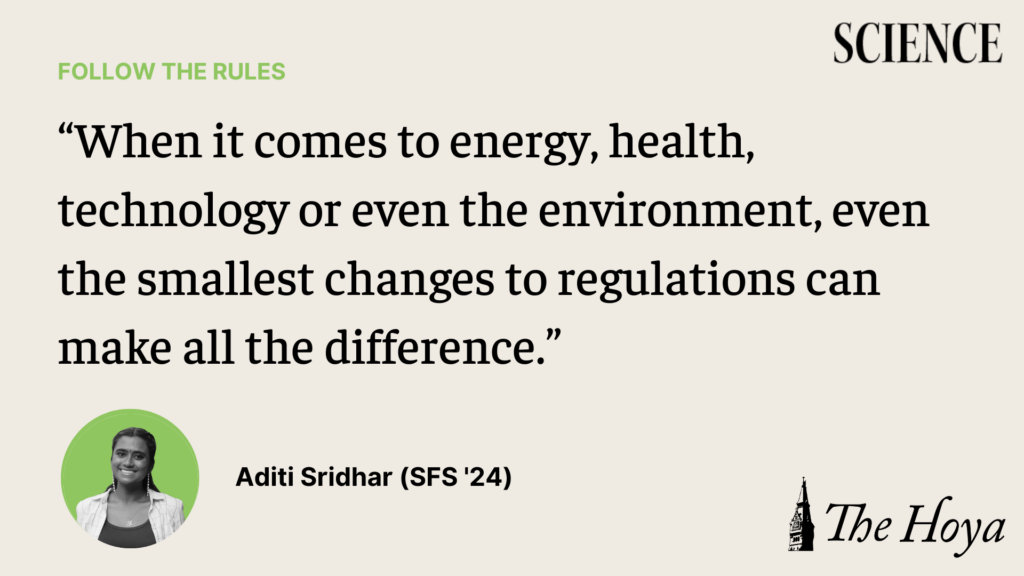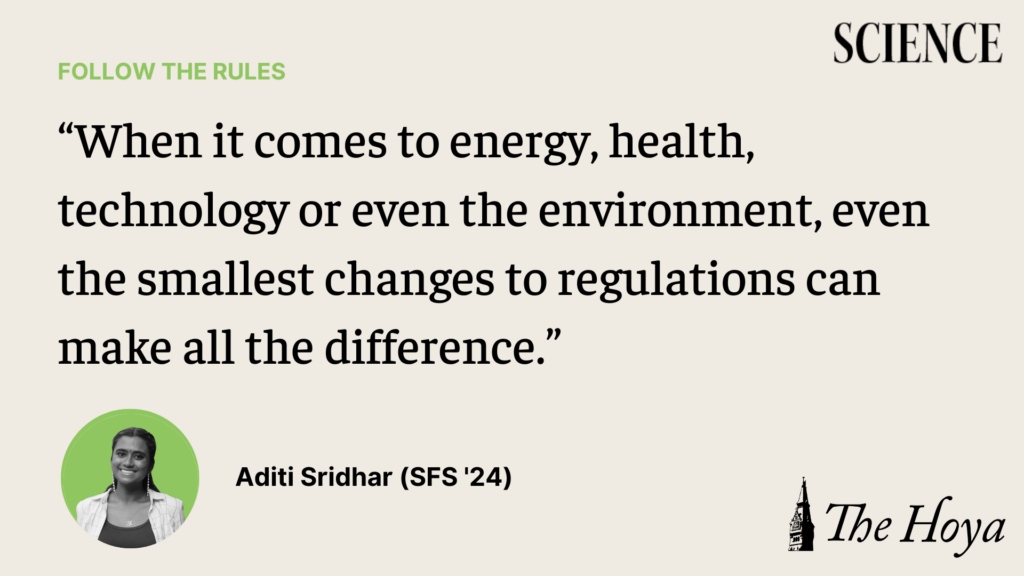Landmark government action usually brings to mind an act of U.S. Congress. In rare cases, an executive order could fall under this category. What I can guarantee is that few, if any, would think of administrative rulemaking as a landmark government action, which is when agencies create regulations to enforce legislation.
When it comes to energy, health, technology or even the environment, even the smallest changes to regulations can make all the difference.
Nowhere is this more evident than in regulations regarding the conservation of water bodies and aquatic ecosystems, which became the focus of Sackett v. Environmental Protection Agency (EPA), a U.S. Supreme Court case decided in August 2023.
Sackett v. EPA sought to determine whether the Biden administration’s “waters of the United States” rule was legal, thus indirectly determining the Clean Water Act’s geographic reach. Ultimately, this ruling barred tens of millions of acres of wetland from being covered under the Clean Water Act.
The “waters of the United States”, or WOTUS for short, have been the subject of a number of rules seeking to alter the scope of the Clean Water Act of 1972. In 2021, the U.S. EPA under President Joe Biden proposed a rule that redefined “waters of the United States” to include a wider array of waters under federal jurisdiction.
Previously, in 2019, the Trump administration passed a WOTUS rule that only included six categories of waters: traditional navigable waters, tributaries, certain ditches, certain lakes and ponds, impoundments, and adjacent wetlands.
By broadening the scope of this definition to also include lakes, ponds, streams and any other wetlands that may form a significant nexus with the waters or are considered relatively permanent, thousands of new waterways would fall under federal jurisdiction. In fact, under the Trump administration, at least 18% of the United States’ streams and 51% of the country’s wetlands were not included.
The inclusion of these water bodies in the WOTUS definition is critical because the provisions of the Clean Water Act, which have played a major role in improving the state of U.S. waters, applies only to waters with this privileged status.
However, Supreme Court Justice Samuel Alito, in his majority opinion in Sackett v. EPA, wrote that wetlands that do not connect on the surface to another body of water under federal jurisdiction should not receive protection under the Clean Water Act.
In legal terms, this ruling struck down the “significant nexus” standard, which excluded the majority of U.S. wetlands and a variety of other water bodies from federal environmental protections. Four other justices, Justice Roberts, Justice Thomas, Justice Gorsuch and Justice Barrett, agreed with him.
This reasoning has disastrous ramifications for the future of water protection in the United States. The Clean Water Act, which prevents entities from polluting in these waters without a special permit, has undoubtedly improved the state of U.S. waters.

A 2018 study from University of California, Berkeley and Iowa State University confirmed that water pollution dramatically decreased after the implementation of the Clean Water Act and that the share of rivers safe for fishing grew by 12 percent between 1972 and 2001.
Moreover, their study found that municipal grants for wastewater treatment facilities funded under the Clean Water Act led to improvements in downstream water quality. Including more waters in the definition of WOTUS will maximize the scale of the benefits of the Clean Water Act.
Unfortunately, despite their significant impact, Supreme Court cases surrounding regulation, like Sackett v. EPA, are often obscured from the public eye due to their legal complexity and a lack of awareness of the process of administrative rulemaking.
While the functions of government can often seem insulated and bureaucratic, administrative rulemaking is a notable area where the public is able to directly contribute through federal action through the public comment process.
In periods of legislative gridlock, administrative regulation is also one of the few avenues left to pursue federal action. It’s time to stop neglecting the crucial process of administrative rulemaking and start affording it the scrutiny and attention it deserves.
So the next time you write off a news article on POLITICO or The New York Times about administrative rulemaking as boring or far too complicated, rethink your decision. Rules are often far more noteworthy than what meets the eye.










Paul F. Kuska • Sep 28, 2023 at 12:03 pm
Several years ago I was told that I could not fill in depressions on hay ground because of the WOTUS laws. I needed to do this to make it easier to mow and harvest hay. The ground was classified as prime farmland. The depressions only held water for short periods of time. Some the FSA classified holding water. None have held water at any time during the last 10 years. They told me that my farm would lose all farm program payments if this dips were filled in. This does not seem reasonable to me. The EPA and USDA should have used more common sense when formulating the rules. Still waiting for permission to fill in my dips.